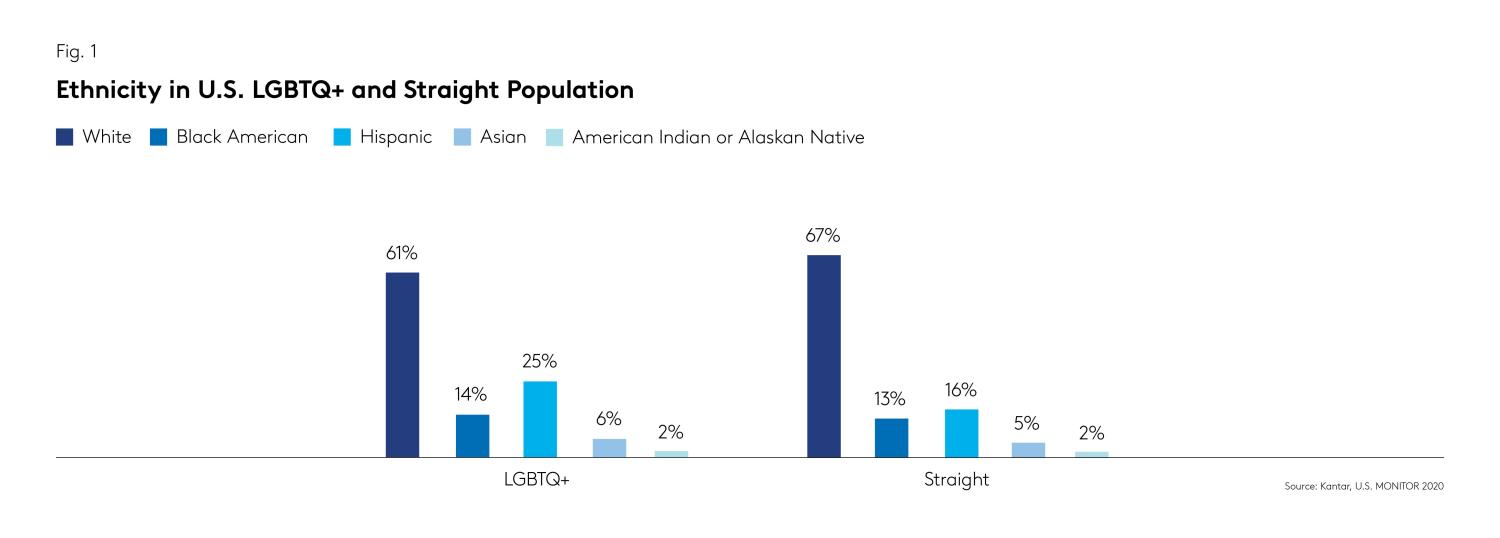Authenticity is the key to meaningful and sustained relationships between brands and consumers. Its success is mainly dependent upon whether brands can grow connections with audiences that are genuine and rooted in a deep understanding of the needs, desires, and experiences of those potential customers.
During Pride, the annual June celebration of LGBTQ+ rights and continued push for greater equality and equity, it’s especially important that brands consider authenticity and the LGBTQ+ community. As public reaction in the wake of the Black Lives Matter protests has shown, consumers are not automatically accepting of brands’ statements of support and solidarity towards a group or cause and are judging them based on their perceived degree of authenticity.
An essential step in achieving authenticity is understanding intersectionality, the term coined by Kimberlé Crenshaw. It describes how multiple marginalized identities can overlap, inform and interpermeate one another, and create entire new gradations of discrimination and disadvantage. Marketers must be cognizant of the role intersectionality plays in individual experiences and should not presume LGBTQ+ to be a monolith. The LGTBQ+ community spans all genders, races and ethnicities, so the challenges that face women, people of color, and other discriminating factors overlap and compound with those faced by LGBTQ+ people.

How brands can act - now
Consumer research is vital. While quantitative and qualitative research are important tools to uncover consumer attitudes, behaviours and experiences across the spectrum of LGTBQ+ intersectionality, asking direct questions will not always get to the heart of the matter. To provide a fuller picture of individual consumers, it’s also necessary to employ advanced research methods based on neuroscience, behavioral science and cognitive psychology, which will help uncover emotions and thoughts that are rarely articulated.
Further, it’s essential to understand where your brand currently stands with LGBTQ+ consumers, which will provide a jumping-off point to address deficiencies and strengths to develop messaging and practices that meaningfully connect with individuals.
Understanding the many factors, beliefs and experiences that comprise and affect individuals in the LGBTQ+ community is not an easy task for any brand, but it is both a noble pursuit as well as good business policy.
The LGBTQ+ community is an important and influential group. According to Kantar’s 2020 LGBTQ+ MONITOR study, 30% of LGBTQ+ consumers will likely spend more on products and services in the next 12 months compared to 20% of exclusively straight consumers, while 66% indicate their family and friends often ask them for information or opinion on new brands and products.
In addition, they aren’t afraid to speak up. Fifty-two percent of LGBTQ+ respondents indicate they often post comments or reviews online, whereas only 38% of exclusively straight people said the same. In addition, half of LGBTQ+ consumers often turn to social media when they have a business or brand problem, compared to only 28% of exclusively straight consumers.
What’s more, Kantar finds that LGBTQ+ consumers have higher expectations for brands’ role in social conversations, with 64% indicating they feel brands have an important part to play in issues like #metoo and race relations, while less than half of exclusively straight people agree. Those expectations extend into the brands’ businesses themselves as well, as 78% want the companies they buy from to promote diversity and inclusion in their own business actively.
The LGBTQ+ community is a diverse, influential and discerning consumer base that expects brands to support their values authentically. Proving that authenticity requires understanding the complexity in individual experience and tailoring messaging that incorporates the experience of multiple intersecting identities. Additionally, brands will likely find that words only carry them so far, as these communities expect words to be paired with action.

